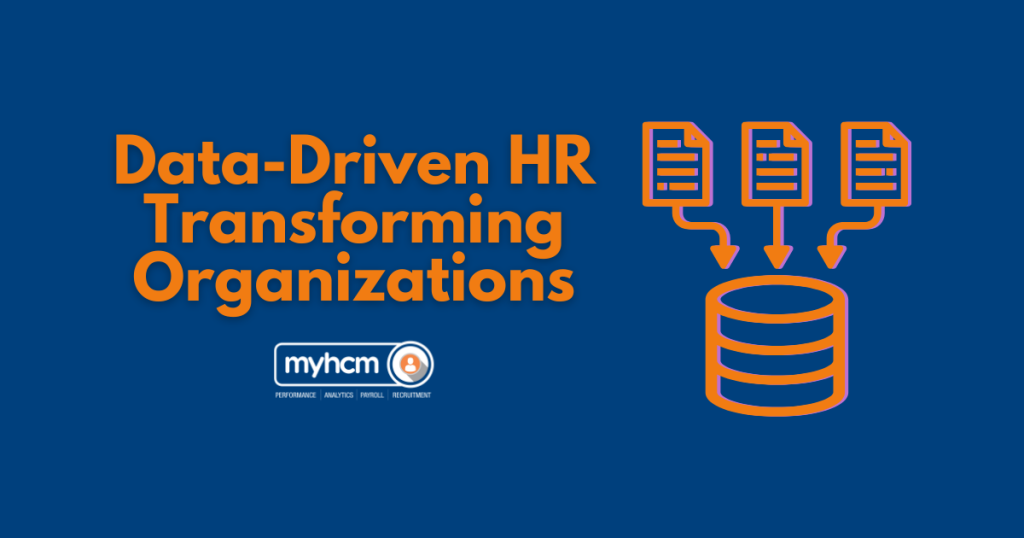Firstly, in today’s fast-paced world, organizations are increasingly turning to data analytics to make informed decisions. Consequently, data-driven HR emerges as a powerful approach. Furthermore, this approach leverages databases to optimize HR processes. Moreover, it significantly improves employee performance. Ultimately, it drives substantial business success. By analyzing HR data, organizations can, therefore, gain valuable insights into their workforce.
Understanding Data-Driven HR
Firstly, data-driven HR involves collecting, analyzing, and interpreting HR data. Consequently, this meticulous process enables organizations to make informed decisions. Furthermore, this data can encompass a wide range of information. For example, it can include valuable insights into employee performance. Moreover, it can shed light on crucial metrics such as turnover rates. Additionally, it can provide valuable data on compensation and training programs. By analyzing this data comprehensively, organizations can, therefore, identify significant patterns.
Benefits of HR Data Utilization
Data-driven HR offers numerous benefits for organizations, including:
- Improved Decision Making: By analyzing HR database, organizations can make decisions that are more accurate and effective.
- Enhanced Employee Experience: Data-driven HR can be used to identify areas where employee experience can be improved, such as through targeted training or flexible work arrangements.
- Increased Productivity: By understanding the factors that drive employee productivity, organizations can take steps to improve overall performance.
- Reduced Turnover: It HR can help identify the root causes of employee turnover, enabling organizations to implement strategies to retain top talent.
- Optimized Workforce Planning: By forecasting future workforce needs, organizations can proactively plan for talent acquisition and development.
Key Use Cases of Data in HR
This can be applied to a variety of use cases, including:
- Performance Management: Analyzing performance data can help identify top performers, identify areas for improvement, and develop targeted development plans.
- Talent Acquisition: By analyzing recruitment data, organizations can optimize their hiring processes and improve the quality of hires.
- Employee Engagement: By measuring employee engagement, organizations can identify factors that contribute to job satisfaction and take steps to improve employee morale.
- Compensation and Benefits: Analyzing compensation data can help ensure fair pay practices, identify pay gaps, and optimize compensation packages.
- Workforce Planning: By forecasting future workforce needs, organizations can proactively plan for talent acquisition, development, and succession planning.
Implementing Data-Driven HR
To effectively implement data-driven HR, organizations should follow these steps:
- Define Your Goals: Clearly articulate the specific business problems you want to solve with it.
- Gather and Clean Your Data: Collect relevant HR data from various sources, such as HRIS systems, performance management tools, and survey data.
- Choose the Right Tools: Select appropriate analytics tools to analyze your data, such as Excel, SQL, or specialized HR analytics software.
- Analyze Your Data: Use statistical techniques and data visualization tools to uncover insights from your data.
- Communicate Your Findings: Share your findings with key stakeholders, including HR leaders, business managers, and employees.
- Make Decisions: Use the insights gained from data-driven HR to inform strategic HR decisions.
Conclusion
Data-driven HR is a powerful tool that can, in fact, help organizations make informed decisions. Furthermore, it can significantly improve employee experience. Consequently, it can drive substantial business success. By leveraging data, HR teams can, therefore, create a more engaged workforce. Moreover, they can foster a more productive and successful work environment. By embracing data-driven HR, organizations can, as a result, stay ahead of the curve. Finally, they can achieve sustainable growth and long-term prosperity.

Pingback: HR Decisions with Analytics - Blogs - MyHCM
Pingback: HR Data Safety: Protecting Your Most Valuable Asset - Blogs - MyHCM